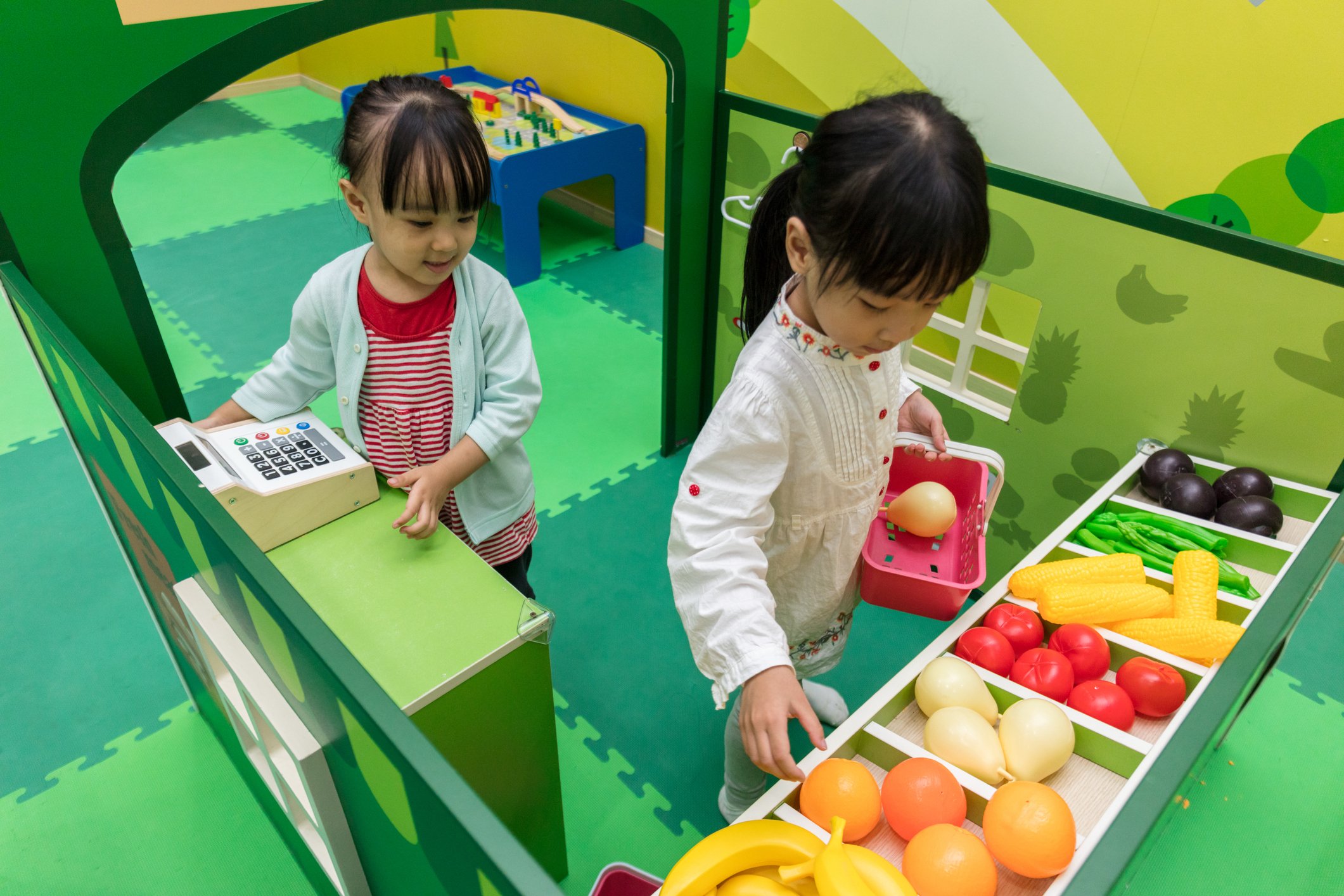Have you ever wondered why so many bilinguals are struggling in school despite the positive beliefs about bilingualism? If research suggests that bilinguals have cognitive advantages over monolinguals and at a certain point, surpass their monolingual peers in the classroom, then why are so many bilinguals underachieving in schools?
It is claimed that the underachievement of bilinguals is due to factors other than knowing two languages. The following factors may contribute to the underachievement of bilinguals in school.Some of theses factors can overlap.
Weak Competency in First Language:
The Developmental Interdependence theory states that the stronger your first language, the easier and faster it will be to acquire a second language. Academic vocabulary and literacy skills will transfer from the first language to the second. Therefore, the stronger the skills in the first language, the stronger the second language will become. As a result, the student will experience more language and academic success in school. If proficiency is weak in the first language, it will take more time and be more difficult to learn the second language. If there is a lack of academic vocabulary and reading skills in the student's native language, then it will take more time and be more difficult to learn these skills in the second language.
Culture:
Some parents in the American culture take on an active role in their children’s education. These parents work with their children to prepare them for school and continue to play an active role throughout their child’s education. These students come from families who value education at home and nurture critical thinking skills in their children. Some cultures do not view their role in their child’s education in this way. Parents from some cultures view school, and school alone, as being responsible for their child’s education and it is not the role of the parents to educate their child at home. This is not wrong, but may be a reason as to why some bilinguals lag behind in school.
Some cultures may value rote learning over critical thinking skills, skills that are valued in the American school culture. Some parents of some cultures may jump in and solve a problem that their child is struggling with at home instead of allowing the child to solve the problem on their own. Therefore, bilingual students from these cultures may not have sufficient critical thinking skills because they are not used to thinking and learning in this way.
Higher Standards:
While teaching English as a second language, I noticed that the grade level standards increased throughout the years. The higher standards could be an additional factor for why some ESL students are underachieving in schools. As a bilingual teacher or an ESL teacher, what can you do when school is not valued at home? One solution is that you can provide lists of vocabulary words that will be taught in the classroom each trimester or quarter. These lists can be translated and parents can pre-teach these words at home if they are able.If parents are able to read English, you can provide lists of sight words as well as books from a lending library that the child can read at home. You can encourage parents to visit their local library. You can also foster critical thinking skills in your classroom.
Socioeconomic Status:
There is a strong correlation between students’ socioeconomic status and academic achievement.Poverty and lack of resources could contribute to underachievement in school. As an educator, you can provide books from your lending library and/or encourage your students to go to the public library to obtain books to read.
Quality of Education:
Some monolingual schools have bilingual teachers and aides, however, there is no effective model for language instruction and learning. I have taught in a school where ESL classrooms speak mostly the students’ native language or resort to the first language often when teaching. This causes over reliance on the student’s native language and does not increase the students’ English language skills or their confidence in English. I noticed that these students remained in ESL classes year after year and did not exhibit confidence with their English skills. If the child is to receive a bilingual education, the model needs to be effective and benefit the students in both languages.
Interrupted Schooling and Trauma:
Some bilingual students may come from countries of civil unrest or oppression. As a result, the child may experience stress from this experience in addition to the stress of adjusting to a new culture and language. Also, there may have been periods of time when the child could not attend school.
Learning Disabilities:
Bilingual children can have learning difficulties just like their monolingual peers. It is important to note that bilingual children must receive both special education services and language support.
Final Thoughts:
When thinking about your bilingual students, it is important to accept your students as they are as well as where they are academically. Your role is not just teaching language skills. Your role is also caring about your bilingual students, supporting your students and being there for them, and empowering your bilingual students. From an educational perspective as a whole, how can we make education in America more accessible for all students? What needs to change and how do we change, so that bilingual students are more successful in American schools?























